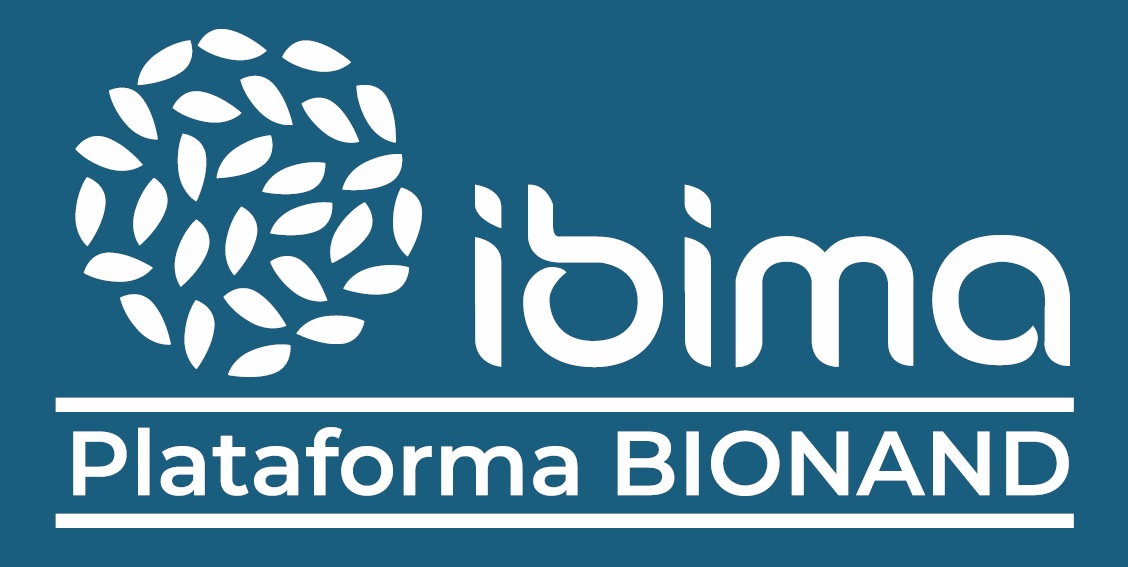Technological Offers
Catheter Guide Manipulation Device.
Description
The torques currently available on the market follow a tubular design that requires inserting the guide from one end, making their use tedious, cumbersome, and impractical. The newly developed torque features a port with two crossed grooves in the shape of an "X." One axis of the "X" runs from one end of the cylinder to the other (similar to the groove in current torques). The other axis of the "X" crosses the first at an obtuse angle and has an open top, allowing for lateral insertion of the guide.
Medical need
Catheterizations are procedures frequently used for the diagnosis and treatment of heart diseases (among others), allowing for the visualization of arteries, measurement of blood pressure in the heart, or performing angioplasties.
However, this procedure requires skill and technique from the specialist, making it essential to have a guide that allows for the proper direction and positioning of the catheters. The precision and ergonomics of these guides are crucial to reducing operator fatigue and enabling prolonged use without compromising the accuracy and safety of the procedure.
Advantages
Quick access without the need to remove the entire catheter, balloon, or any other device already on the guide.
PrevalenceCardiac catheterizations per year: USA: > 1,5 M Spain: 200 K France: >300 K UK: 250 K |
MarketGlobal (2023): Value: $25.9 billion CARG: 7-8% Cardiac (2022): Value: $11.6 billion CARG: 8% |
Other solutionsCommercial guides: – Olcott – Glidewire torque – H2O torque – Merit torque – Sea dragon |
Results
A functional prototype is available.
Medical devices
IBIMA Plataforma BIONAND inventors
JESÚS ÁLVAREZ GARCÍA
